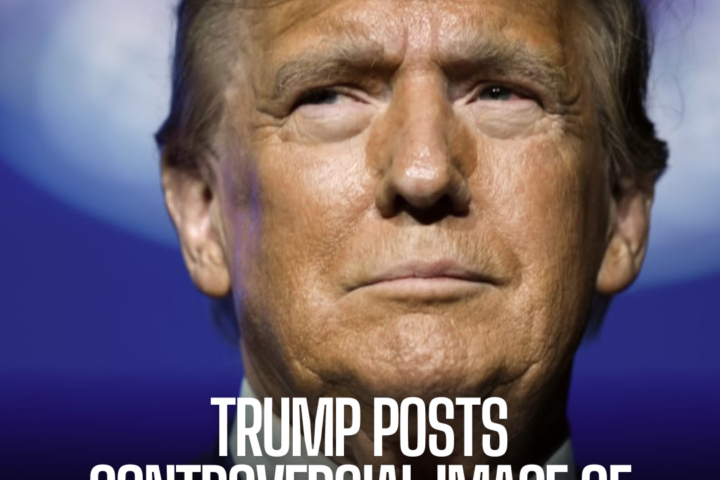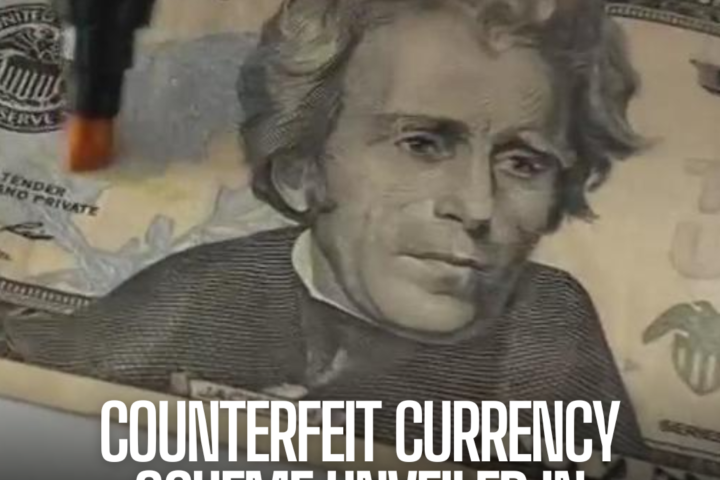Forty years after getting an anonymous tip, one man has been working to rewrite Black history to reveal where and how the first Africans came from in the British Colonies.
Introduction:
At Fort Monroe National Monument in Hampton, Virginia, Calvin Pearson is on a mission to challenge historical inaccuracies surrounding the arrival of the first Africans in the British Colonies.
Through his non-profit organization, Project 1619 Inc, Pearson seeks to rewrite the narrative of this pivotal moment in American history.
Dispelling Misconceptions:
Pearson debunks the widely held belief that the first Africans arrived in the Americas without essential survival skills.
Contrary to this notion, these individuals possessed expertise in iron production, agriculture, and tobacco cultivation, challenging the notion of their supposed ignorance upon arrival.
Honoring African Landing Day:
Each year, Fort Monroe hosts the African Landing Day observance to commemorate the arrival of the first Africans in 1619.
Pearson emphasizes the significance of this event, highlighting the contributions of these individuals to the shaping of American culture and history.
Rediscovering Historical Significance:
Pearson identifies Fort Monroe as “ground zero for Black American culture,” aiming to shift the focus to this overlooked historical site.
Through his efforts, Pearson seeks to elevate the importance of Fort Monroe in shaping Black American identity and heritage.
The Journey to Truth:
In 1984, Pearson embarked on a ten-year quest to uncover the truth about the arrival of the first Africans.
Prompted by an anonymous tip, he delved into historical records and discovered evidence confirming that these individuals arrived at Point Comfort, now Fort Monroe, rather than Jamestown as previously believed.
Conclusion:
Calvin Pearson’s tireless pursuit of historical accuracy challenges conventional narratives surrounding the arrival of the first Africans in America.
Through Project 1619 Inc, Pearson aims to rewrite history, reclaiming the contributions of these individuals and reshaping our understanding of Black American culture.























